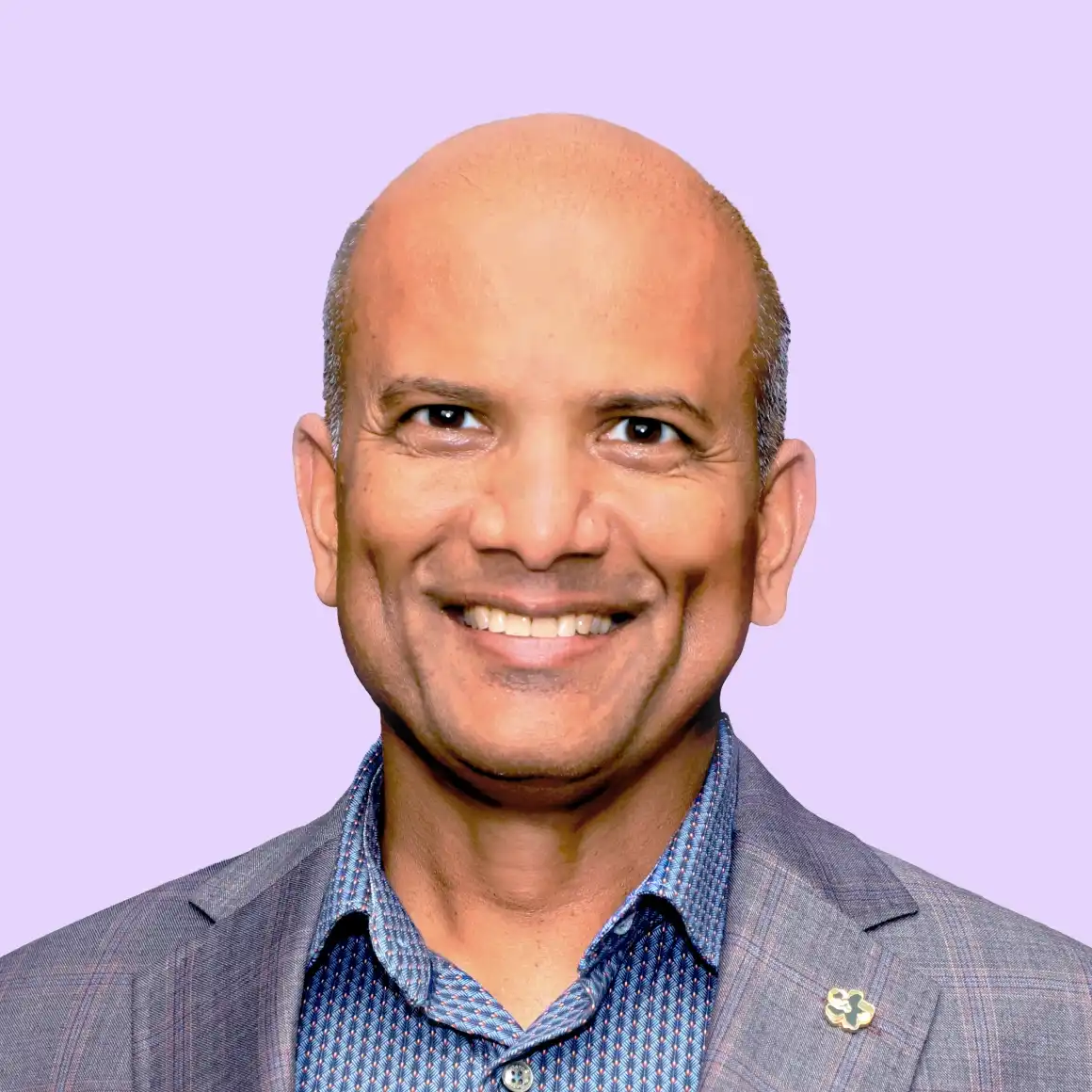Delivering a great customer experience during open enrollment

By Abdul Rastagar
0 min read

Open enrollment is typically among the busiest times of the year for healthcare plan providers as the volume of consumer calls to the contact center increases significantly. During last year’s open enrollment period, the Center for Medicare and Medicaid Services (CMS) reported more than 5.78 million calls related to healthcare coverage to its contact center. In addition, a number of Talkdesk’s healthcare customers typically double their contact center workforce to meet the surge in calls.
Delivering exceptional customer service during open enrollment is always a challenge, but promises to be even more complex this year. Members and caregivers are already under stress due to the ongoing COVID-19 pandemic and will only have a limited number of weeks to make healthcare choices for 2021. In addition, many call centers are still managing operations with either staggered shifts or remote agents.
During this busy time, health plan providers need to ensure they accommodate the demands of new and re-enrollments while still meeting the expectations of existing customers. All of which complicates open enrollment this fall.
Increased call volume during and after open enrollment
Plan providers have to ensure they handle the greater volume of calls, which are compounded by several factors:
- Even after the plan selection and enrollment period has ended, consumers often continue to call to ask questions or request help resolving issues.
- Calls with new enrollees typically extend beyond just the specific dates of the open enrollment period. CMS requires plan providers to make separate outbound verification calls to ensure consumers understand the plan. By law, automating these calls is not an option, as mandated under section 70.6 of 42 CFR 4222.2272(b). Plans have 15 calendar days to make three documented, “interactive” attempts to contact the enrollee.
- Call centers must also contend with the typical spike in calls as Explanation of Benefits (EOB) letters are sent out. It’s well known that these can lead to customer confusion and an increase in calls to the contact center.
One final challenge is that calls with new customers who engage in new plan selection typically require more time to process than previously enrolled ones calling with coverage-related questions. However, those existing customers still expect the same SLAs they are already used to.
It all adds up to an unusually complex and unpredictable open enrollment period.
7 steps for delivering a great customer experience during open enrollment
As healthcare plans rush to secure member renewals while also maximizing new sign-ups, contact centers have the opportunity to leverage best practices and technology-enabled tools to contribute to the success of the business.
Here are some steps a health plan provider contact center can take now to help better manage this critical period:
1. Minimize the abandon rate
Data indicates that the post-IVR abandon rate for the healthcare sector is about 7%. Oftentimes, consumers simply don’t want to wait on hold after having navigated a confusing IVR system. Ensure that your IVR is optimized to help minimize your abandonment rate. Consumers have less than two months to make a plan selection and with the abundance of choices, you cannot afford to lose potential new customers because of a poor experience.
2. Ensure appropriate staffing levels
Use a contact center system with state-of-the-art workforce management capabilities to effectively manage staffing levels, especially as agents are likely to be in a remote environment.
3. Differentiate with highly trained agents
Highly trained agents are differentiators for healthcare contact centers, especially during the scramble of open enrollment. If you are looking to augment your staffing, look to bring onboard temp staff with healthcare contact center experience and HIPAA training. Consider drawing from a pool of vetted and experienced freelance agents with industry-specific domain expertise.
4. Simplify the experience
Not every member wants to speak with an agent, nor does every interaction have to be via a phone call. Consider implementing a user-friendly knowledge base and other self-service tools, such as AI-powered chatbots. Not only will you deflect the number of calls, but will also simplify and improve the customer experience (CX).
5. Engage in the customer’s preferred channel
While new members may prefer to speak with a live agent over the phone, especially for important activities such as health plan selection, existing ones may be more willing to interact digitally. Omnichannel capabilities can help you manage the flood of calls during open enrollment.
6. Ensure compliance, reliability and security
“It’s healthcare, so there is no margin for error,” explained Elias Farah, chief executive officer, MEDFAR on why he relies on a cloud-based contact center during the recent CCW healthcare roundtable discussion. Invest in modern cloud contact center technology that is secure, HIPAA compliant and guarantees 100% uptime SLAs.
7. Rapidly flex your contact center workforce
For healthcare organizations looking to flex their workforce quickly, medical call center business process outsourcing (BPO) partners can help meet their staffing needs. The right BPO will have healthcare-experienced agents who have been HIPAA trained and understand medical terminology. Often, contact center vendors or consulting service providers have established relationships with select BPOs and can help facilitate the process.
Mind the metrics
Make sure that your organization is focused on the right business metrics. Operational metrics, such as average handle time (AHT), abandon rate, customer satisfaction (CSAT) and other SLAs are important leading indicators that should be supplemented with business-focused metrics. These might include member renewal rates, new member enrollment and even member referral metrics. Because the contact center is the primary channel of interaction for members, providing exceptional CX is critical to helping the organization meet its business goals.
From providing better access to driving down costs, Talkdesk Healthcare can help you reimagine the contact center. Learn more about how we deployed our award-winning cloud contact center at a Fortune 100 healthcare organization in just five days to help them ensure business continuity.

CHECKLIST
Managing Security in the Healthcare and Life Sciences World
Designed to help leaders in IT, security and contact center operations:
-
Evaluate their current state of security
-
Understand HIPAA, GDPR, CMS and other compliance requirements
-
Consider where to make strategic improvements








